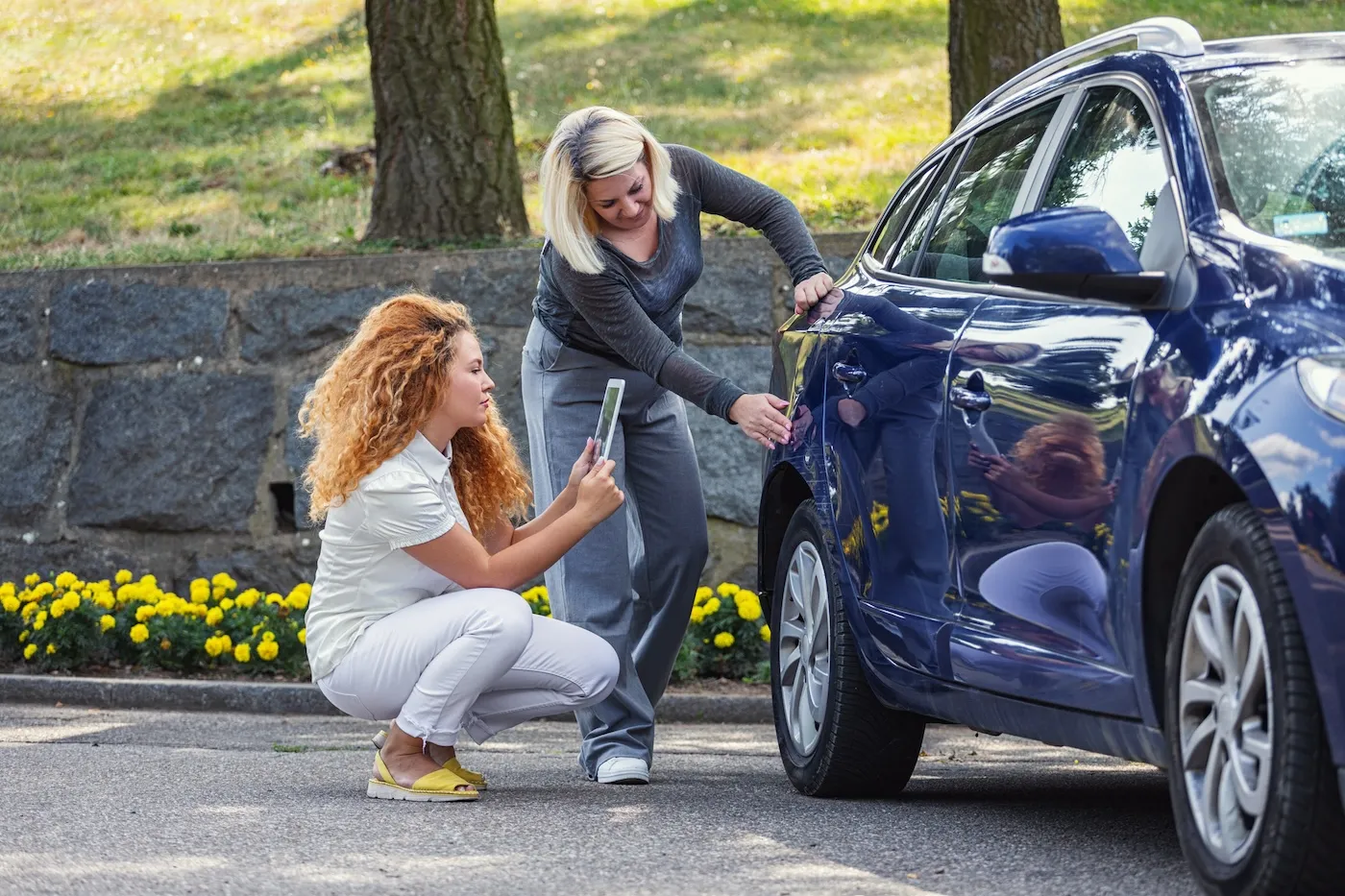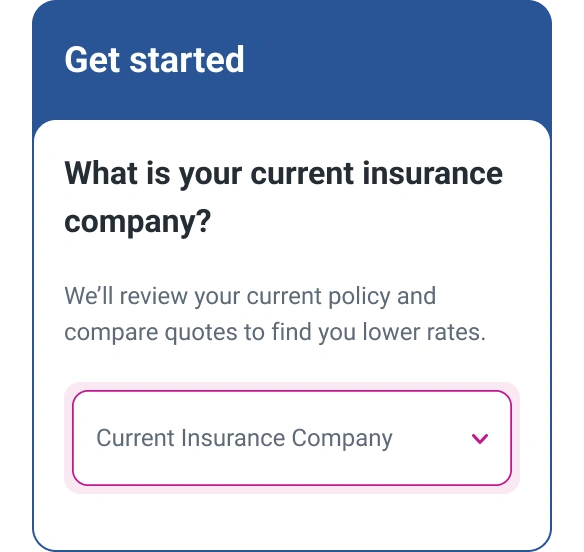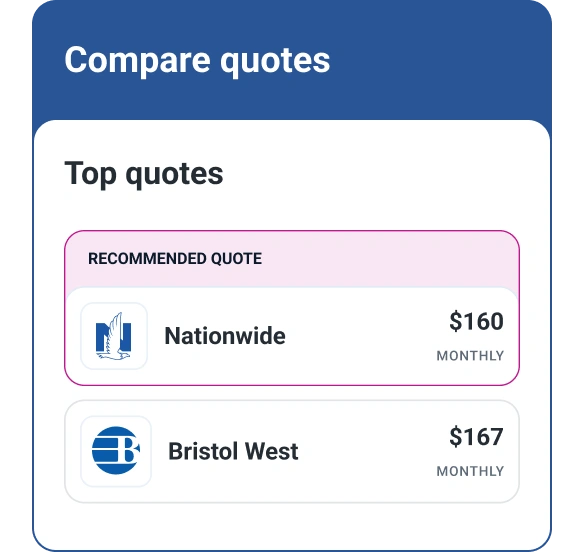What Is Liability Auto Insurance?
Quick Answer
Liability car insurance is coverage that pays for another person’s medical bills and property damage if you cause an accident. Most states require that you maintain a minimum amount of liability coverage.

Liability car insurance provides coverage that will pay for medical care and vehicle repairs for others involved in a car accident where you're at fault.
The purpose of liability insurance is to protect you and your family from unexpected costs arising from claims against you. Understanding how liability coverage works and how much it costs can help you determine how much coverage is appropriate for you.
| Covered | Not Covered |
|---|---|
| Damage to other drivers' vehicles | Damage to your vehicle |
| Damage to other people's property | Bodily injury to the policyholder |
| Bodily injury to other drivers and their passengers | Bodily injury to your passengers |
| Lost wages of other drivers and their passengers due to injuries | Expenses exceeding your coverage limits |
| Legal fees if you're sued after an accident | Your lost wages |
| Funeral expenses of victims killed in an accident | |
| Pain and suffering resulting from the accident and injuries |
What Does Liability Insurance Cover?
Liability car insurance is designed to cover two categories of expenses related to any accident that's your responsibility, either because you're the driver at fault or because it was caused by someone you permitted to drive your car.
Bodily Injury
- Medical care for occupants of other cars
- Victims' lost wages due to accident-related injury
- Legal costs if you're sued by someone hurt in an accident for which you're responsible
- Funeral expenses for victims killed in such an accident
- Victims' emotional suffering and long-term physical pain
Property Damage
- Repairs to vehicles other than your own
- Repairs to property damaged in a crash, such as fences, mailboxes or buildings
What Isn't Covered by Liability Insurance?
- Medical care for you and the occupants of your car
- Repairs to your vehicle or property damaged in the accident
- Your lost wages
- Any expenses that exceed the coverage limit of your policy
How Does Liability Insurance Work?
When you purchase auto liability insurance, you'll buy up to a certain amount of coverage in three categories:
- Individual bodily injury claims
- Total bodily injury claims per accident
- Property damage claims
These coverage limits are typically represented as a series of numbers. For example, if you have up to $100,000 of bodily injury coverage per person, up to $300,000 of bodily injury coverage per accident and $100,000 in property damage coverage, it would be written as 100/300/100.
If you were to cause an accident, your auto insurer will pay out valid claims by the other party up to your coverage limit. If damages exceed one or more of your limits, you'll be on the hook for the remainder of the costs.
Learn more: How to File a Car Insurance Claim
Example of Liability Car Insurance
Let's say you have 50/100/50 liability coverage with your auto insurance policy and you cause an accident. Multiple people in the other vehicle are injured, resulting in the following expenses:
- $20,000 in medical costs for Person A
- $50,000 in medical costs for Person B
- $40,000 in medical costs for Person C
- $35,000 in vehicle repairs
While your individual bodily injury coverage limit is sufficient for all three people, the total amount of bodily injury claims is $10,000 more than your maximum coverage per accident. As a result, you may be sued for that amount.
However, repairs to the damaged vehicle will be covered in full, as it's below your coverage limit.
How Much Does Liability Insurance Cost?
The amount you pay for liability coverage will depend on several factors, including the following:
- Age
- Location
- Vehicle usage
- Driving record
- Coverage limits
- Previous claims
- Vehicle type
- Credit score
According to Progressive, the average cost of its liability-only policies ranges from roughly $80 to $157 per month.
Do I Need Liability Insurance?
Most states require that you maintain a minimum amount of liability coverage to legally drive. New Hampshire is the only state that allows you to opt out. To qualify, however, you'll need to provide evidence that you have sufficient funds to meet accident-related expenses.
If you regularly drive but don't own a car, you may need non-owner car insurance, which provides liability coverage only.
How Much Liability Insurance Coverage Do I Need?
While you're only required to meet your state's minimum liability coverage amount to legally drive, it generally makes sense to purchase more coverage to ensure that you're protected.
According to the Insurance Information Institute, the average auto liability property damage claim in 2022 was $6,551, while the average claim for bodily injury was $26,501. Here's a breakdown of the average accident cost based on the type of injury:
| Injury Severity | Average Cost |
|---|---|
| Death | $1.87 million |
| Disabling | $162,000 |
| Evident | $42,000 |
| Possible | $26,000 |
| No injury observed | $7,100 |
| Property damage only | $6,100 |
Source: National Safety Council. An evident injury is a minor injury that is visible at the scene of a crash but is not fatal or serious, while a possible injury is one that isn't visible.
How to Get Liability Car Insurance
Obtaining car insurance is a straightforward process for most car owners, but before purchasing a policy, you should get quotes from several insurance providers to see which will offer you the lowest premiums.
Here are some basic steps to follow when seeking out the best deal you can get on an auto liability policy.
1. Gather Required Information
When submitting your application, you'll typically need to provide the following details:
- Personal information for all covered drivers
- Driver's license number for all covered drivers
- Vehicle identification number for each vehicle you wish to insure
- Moving violations or accidents in the last three to five years
- Current coverage limits
2. Choose Your Coverage Limit
When selecting liability coverage, you'll also need to decide on your coverage limits. Note that while a lower coverage limit translates to a lower premium, you may be taking on the risk of paying out of pocket in the event of an accident.
Experts often recommend that you buy a policy with at least 100/300/100 coverage. However, you can consider consulting with an insurance agent to determine the right amount of coverage for you.
3. Get Quotes From Insurers
You can obtain quotes directly from car insurance companies, either online or over the phone. In some cases, you may even be able to meet with an agent in person.
However, going through this process with each one individually can be time-consuming. Experian can help you compare auto insurance quotes from top insurers with just one submission form, speeding up the process and making it easier to compare quotes side by side.
4. Select a Provider
Choose the policy that offers the best rates, submit your payment and obtain insurance cards to keep in your vehicle as proof of insurance. Policies typically are in effect for six months at a time, although some providers issue 12-month policies. You may have the option of paying your premium in one lump sum or making multiple installment payments (at a somewhat higher total cost).
Note that you may need to buy additional types of insurance beyond liability, including:
- Collision
- Comprehensive
- Uninsured and underinsured motorist coverage
- Medical payments coverage or personal injury protection
The types of insurance and minimum coverage requirements you need to carry vary by state and whether you own, finance or lease your car.
The Bottom Line
Liability car insurance is a legal requirement for most car owners and drivers, and good liability coverage can pay for itself many times over if you or another driver of your car is at fault in an accident. If you are seeking auto liability coverage, Experian's free auto-insurance quote tool can help you compare rates from a number of top insurers at the same time.
Don’t overpay for auto insurance
If you’re looking for ways to cut back on monthly costs, it could be a good idea to see if you can save on your auto insurance.
Find savingsAbout the author
Ben Luthi has worked in financial planning, banking and auto finance, and writes about all aspects of money. His work has appeared in Time, Success, USA Today, Credit Karma, NerdWallet, Wirecutter and more.
Read more from Ben

